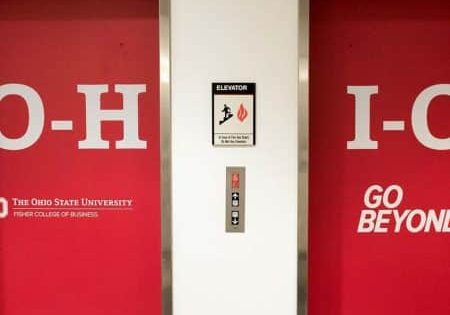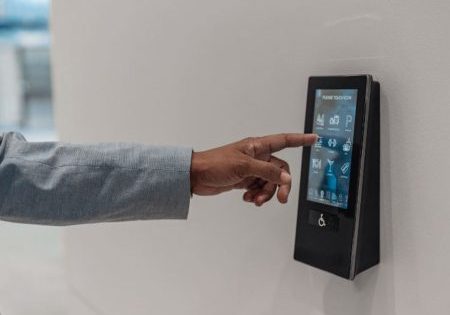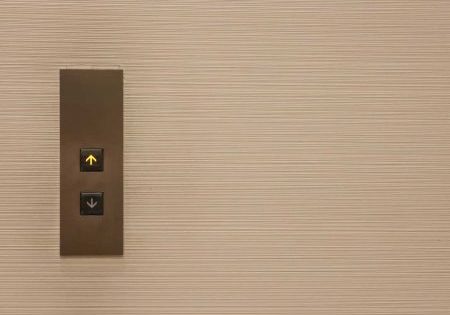Inside NEII-1, the comprehensive document on building transportation standards and guidelines that has supported architects, engineers, building owners and elevator suppliers for decades
by Kevin Brinkman
The importance of having standards within the industry that people can follow for consistency and quality cannot be understated. As any deviation from established standards can lead to numerous safety, compliance and legal issues, the National Elevator Industry Inc.’s NEII-1 is one of the most valuable building transportation resources available today. But what exactly is NEII-1 and what makes it so valuable?
NEII-1 is a set of building transportation standards and guidelines that includes architectural and engineering layout standards; electrical standards; performance standards and terminology; modernization guidelines; and maintenance guidelines. It is designed for architects, engineers, consultants, builders, owners, elevator suppliers and other individuals involved in the furnishing, installation and maintenance of building transportation systems.
The document, which is available free of charge, is updated in real time to adhere to the latest industry standards and advancements. Previously, the process was much more complicated. For example, it took many months to update the 2000 version of NEII-1, with the revised version being completed in 2005.
Changing the document to an electronic format after the 2005 edition allowed updating and downloading of individual sections of the standard. Based on user feedback, the format was revised again last year to a bookmarked and searchable PDF format.
Some of the major revisions made recently include architectural, engineering, dimensional and performance standards; a seismic/flood requirements form; ASME A17.1 code data plate checklist; a temporary power standards and confirmation form; and electromagnetic compatibility guidelines. Architectural, engineering, dimensional and performance standards were also revised to comply with the latest ASME A17.1 and NFPA 70 codes and to harmonize with ISO 18738 (measurement of lift ride quality standards).
NEII-1 draws on the technical expertise of NEII member company representatives, along with liaison members from the National Association of Elevator Contractors (NAEC) and the International Association of Elevator Consultants (IAEC), who serve on NEII’s Architectural Standards Committee (ASC) and Performance Standards Committee (PSC). The committees continually review and revise NEII-1 to keep up with the latest code changes and new technology. Reporting to the Central Code Committee, the ASC is responsible for developing and updating the architectural and engineering standards in NEII-1, while the PSC develops industry specifications that can be used as guidelines for building transportation equipment to achieve appropriate performance and maintain code and safety compliance. These committees are comprised of experts across a variety of disciplines, including engineers, designers, project managers and consultants.
NEII-1 consists of seven sections, each instrumental in ensuring the safe operation of building transportation systems:
Part 1: User Guide and Specification and Drawing Checklists Building Transportation Equipment
This section features an overview of codes, general information, mechanical requirements and flood and seismic requirement data forms, as well as critical details on passenger elevators, freight elevators, escalators, moving walks and dumbwaiters.
Part 2: Architectural and Engineering Metric Layout Standards
In addition to accessibility information, a nomenclature matrix, metric references charts, dimensions and some general notes, Part 2 focuses on details surrounding hoistway entrances, guide rail bracket fastening and machine support. It also examines electric passenger elevators, electric passenger hospital elevators, electric hospital elevators, hydraulic passenger and hospital elevators, as well as roped hydraulic passenger and hospital elevators. Holeless hydraulic passenger elevator components are also included, such as cantilevered roped, standard single jack, single telescoping jack and telescoping twin post. Part 2 also features information on electric and hydraulic observation passenger elevators, as well as general information on freight elevators, electric dumbwaiters, escalators and moving walks.
Part 3: Architectural and Engineering Imperial Layout Standards
This section provides the same basic information as Part 2, but with imperial values instead of metric. One of the most popular sections in NEII-1, Part 3 is currently being worked on by the ASC committee to combine the metric and imperial sections and add a section on machine-room-less configurations.
Part 4: Electrical Standards
Another popular section within NEII-1 is Part 4, as it dives into the supercharged topic of power standards, power supply confirmation data forms, temporary power supply guidelines, temporary power supply confirmation data forms, energy-efficiency guidelines, electromagnetic-compatibility guidelines and starts-per-hour guidelines. An AC line distortion tutorial is also included. There is also a focus on adding information on energy efficiency into Part 4.
Part 5: Performance Standards and Definitions
Part 5 features a variety of important matrix configurations, including a matrix for each of the following: performance terminology, destination-oriented elevator performance terminology, new elevator installations performance standards, new escalators and moving walks installation performance standards and operational terminology. There is also information on how building conditions affect elevator and escalator performance and elevator traffic-handling performance criteria, along with a vibration direction diagram and performance examples.
Part 6: Modernization Guidelines
This section includes modernization guidelines, a pre-modernization performance evaluation form, a pre-modernization checklist and a code data plate checklist.
Part 7: Maintenance Guidelines
The final section of NEII-1 includes maintenance guidelines, an elevator maintenance performance evaluation form and a maintenance evaluation checklist for electric elevators, hydraulic elevators, escalators and moving walks. Maintenance control program guidelines conclude the document.
NEII-1 is one of the ways the building transportation industry can share its expertise and information to ensure all buildings are as safe, innovative and efficient as possible. And while NEII-1 provides a wealth of guidance and tools to the building industry, it brings another much-needed benefit: one resource for all.
To receive the latest version of NEII-1 and stay on top of the latest advances and information in real time, email me at [email protected].
Get more of Elevator World. Sign up for our free e-newsletter.










